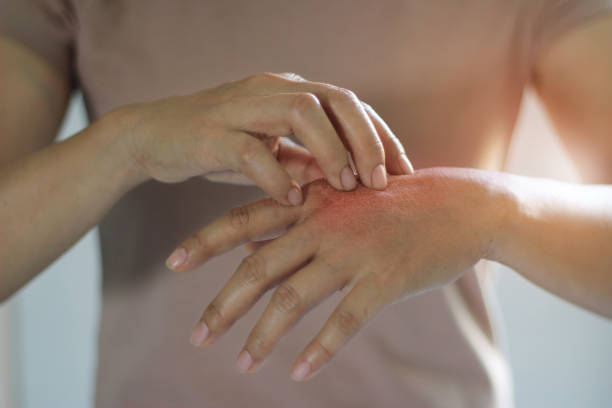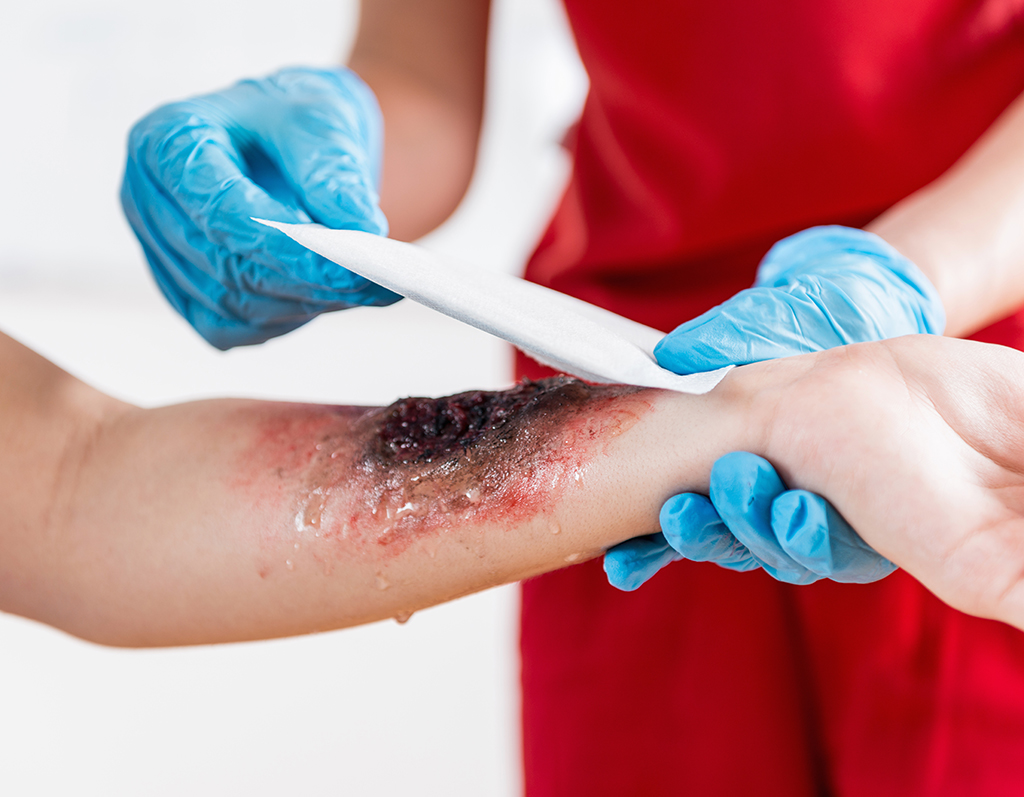Concussions are commonly underestimated. Many individuals tend to ignore these knocks on the head, assuming they will naturally heal without any repercussions.
Yet concussions are essentially a type of brain injury referred to as a brain injury (TBI). Recent studies indicate that even a mild concussion can result in significant issues later in life, such as an increased risk of developing dementia.
As studied, concussions may double the risk of dementia. This study examined cases of concussions stemming from combat, road accidents, and falls. It found that even individuals who sustained a concussion without losing consciousness faced a 2.4 times higher risk of dementia later on. The risk rose to 2.5 times for those who did lose consciousness due to their injury.
Furthermore, the study revealed that the risk of dementia nearly quadruples for individuals with moderate to severe brain injuries.
It was also studied that traumatic brain injury (TBI) is one of the factors that can contribute to dementia rather than being the sole cause.
According to the Centers for Disease Control and Prevention (CDC) a concussion is described as a form of TBI that can result from a direct blow to the head or rapid shaking of the head. Common causes include falls, motor vehicle accidents, accidental impacts, assaults, and sports-related injuries. While concussions are not immediately life-threatening, their long-term effects can be significant and impact functions of wellbeing (such as light sensitivity), emotional stability, and sleep patterns.
Symptoms like worsening headaches, coordination difficulties, repeated vomiting, and slurred speech indicate the consequences of a concussion and prompt individuals affected to seek medical help.
In terms of recourse for concussions leading to a risk of dementia, if you have experienced a concussion due, to someone else’s negligence, you may be entitled to compensation. This could cover medical costs, reimbursement, lost income recovery, and non-economic losses like pain and suffering.In injury claims, potential future risks such, as dementia are usually not taken into account. However, the anxiety of facing these risks can be seen as a type of distress that may qualify for compensation.
To handle these matters and ensure you receive compensation, it’s essential to seek advice from a legal professional specializing in injury claims. This step is especially important before agreeing to any insurance settlements to prevent accepting less, than what you deserve.










